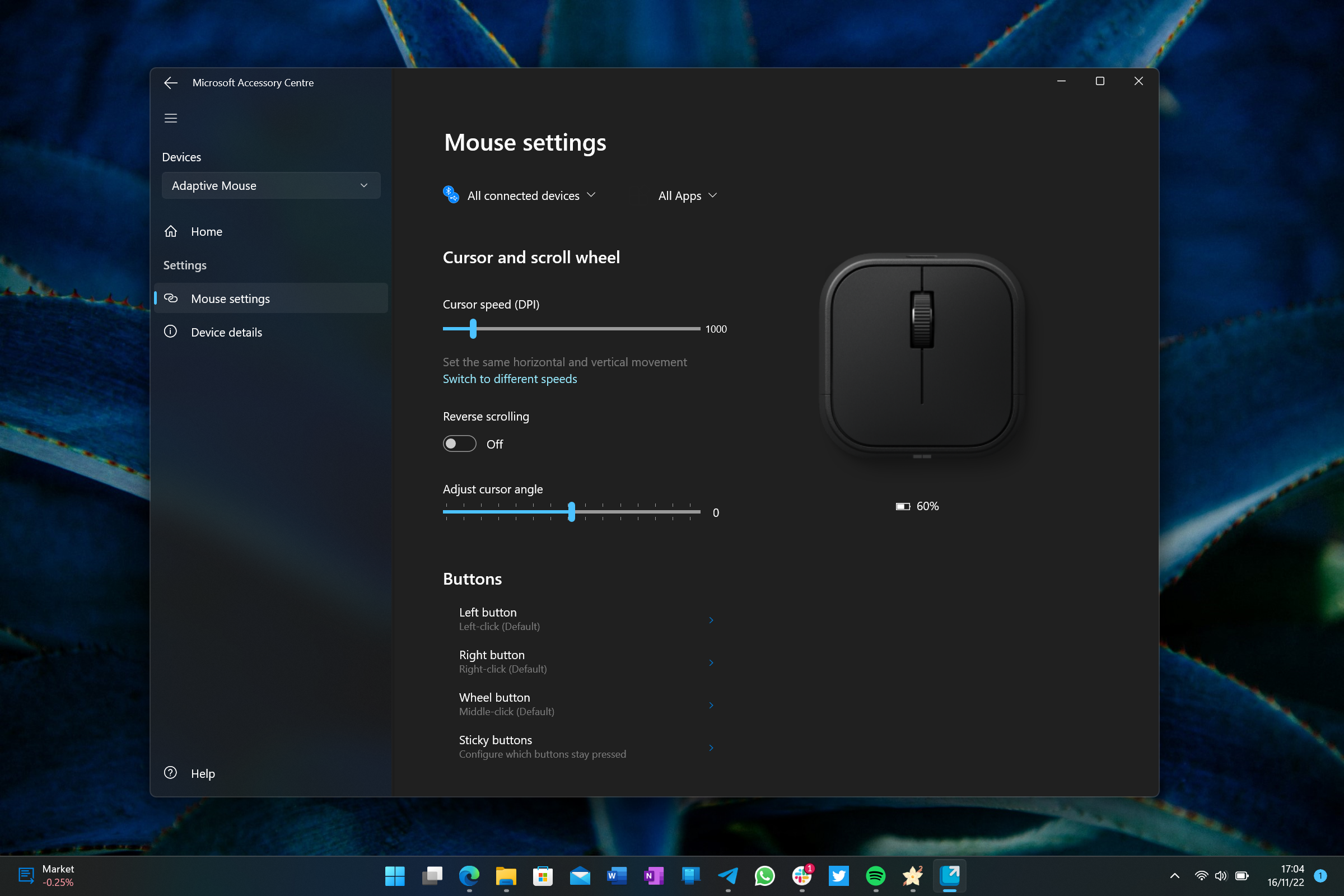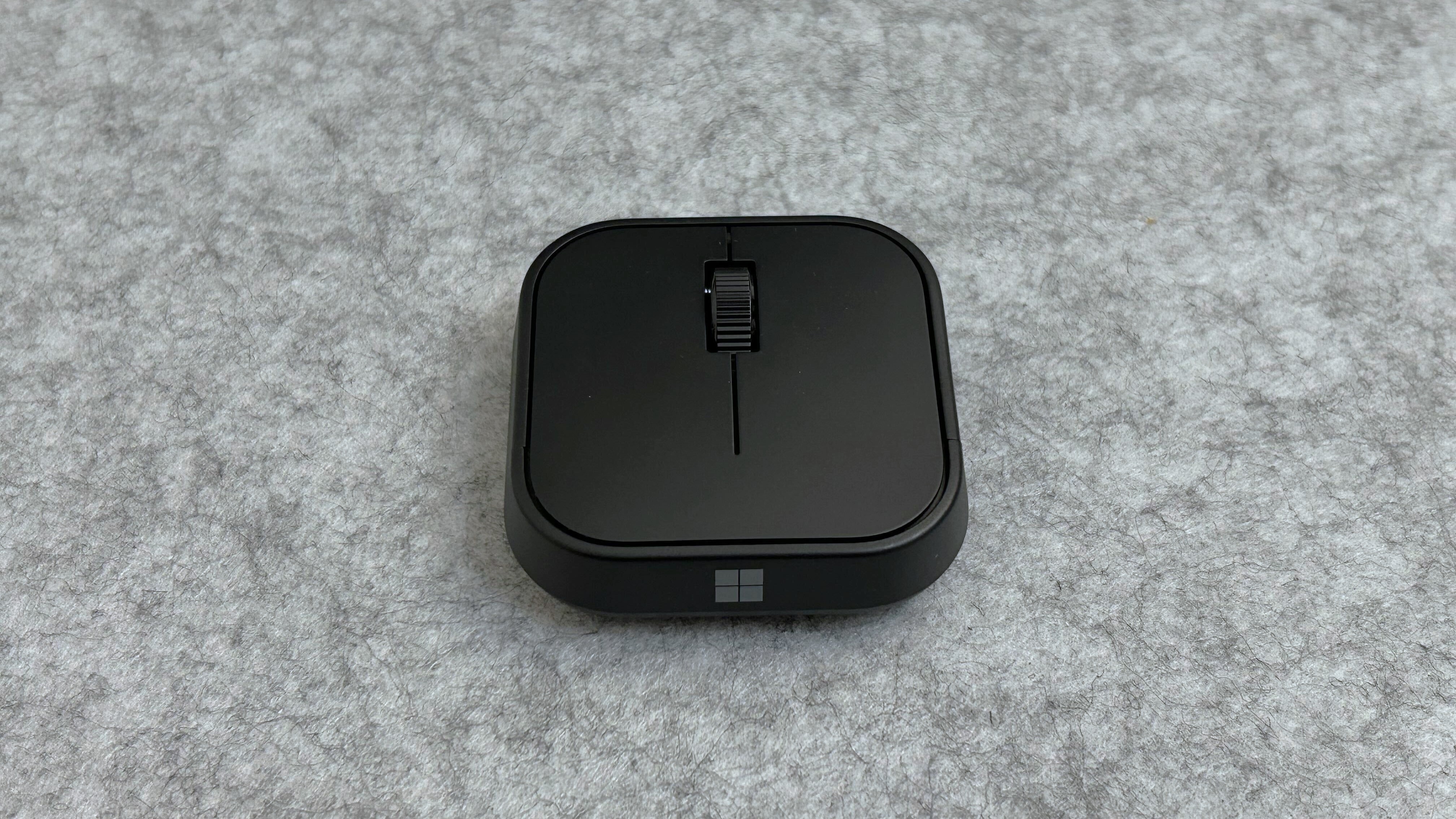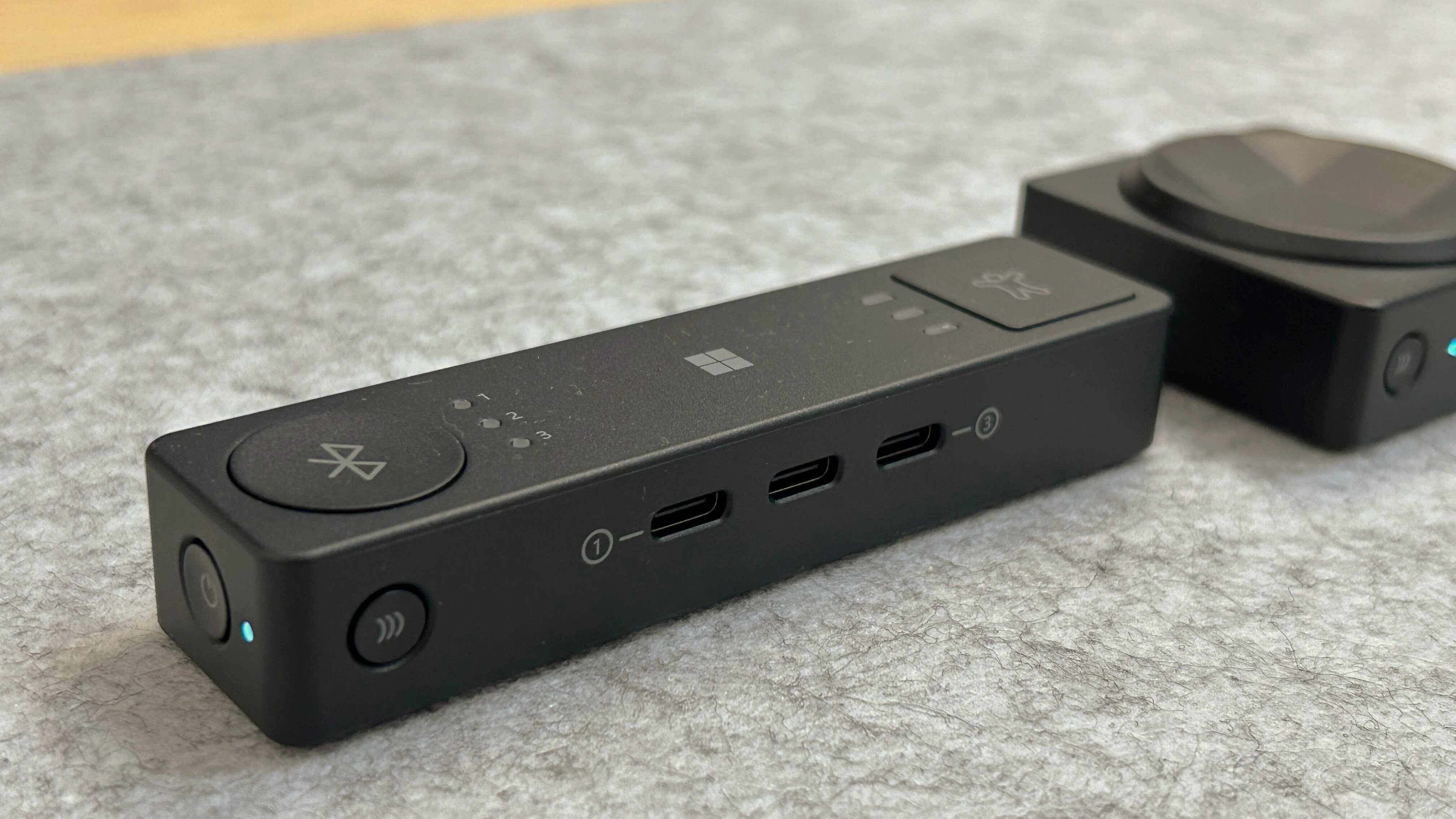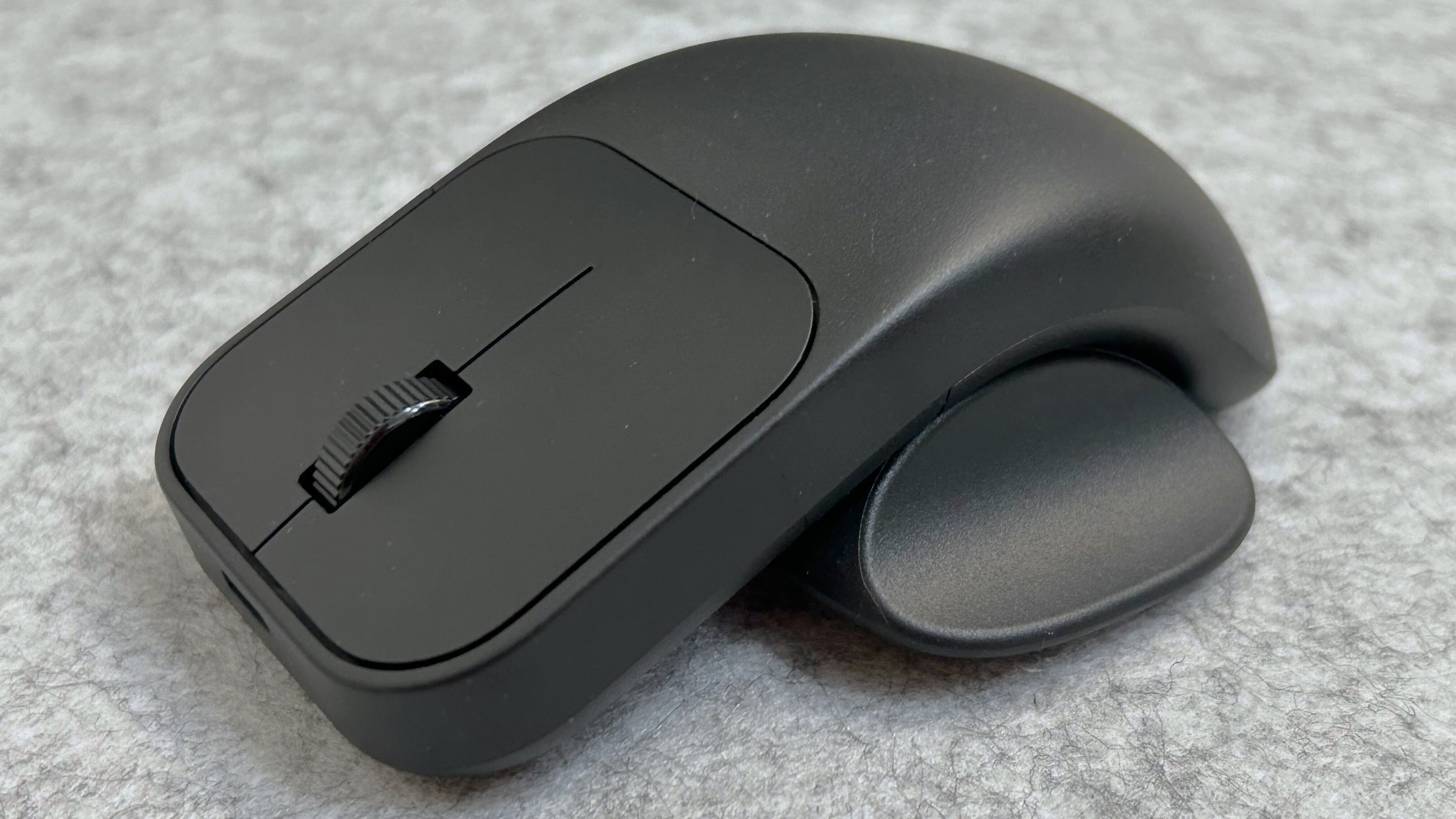Hands-on with Microsoft's awesome new Adaptive Mouse and Button Accessories with modular designs
Microsoft continues its focus on assistive technologies.
Microsoft's open ecosystem of assistive accessories are now available, and we've got them in-house to take a first look at. Dubbed as Microsoft's line of "Adaptive Accessories," these peripherals are designed to be built-upon and customized so that they can be used by anyone and everyone, for a wide variety of computing purposes, regardless of physical ability.
The line consists of a new Adaptive Mouse, Buttons, and Hub, which work together to create different setups and experiences that can be put together in diverse ways for each individual. The Adaptive Buttons connect with the Adaptive Hub, while the Adaptive Mouse uses Bluetooth to connect directly to a PC.
What's more, these accessories are also rather affordable:
- Microsoft Adaptive Hub: $59.99
- Microsoft Adaptive Button: $39.99
- Microsoft Adaptive Mouse: $44.99
- Microsoft Adaptive Mouse Tail and Thumb Support: $14.99
The peripherals use Microsoft's Accessory Center app for setup and customization, which will automatically download and install itself from the Microsoft Store when you connect one of these accessories to your Windows PC for the first time. This makes setup super easy, and it even provides a little getting started tutorial when you click into any of the accessories within the app.

First impressions of the Adaptive Mouse and Mouse Tail are particularly good. The mouse is a small square, like a little puck, with clicky left and right mouse buttons, and a tactile scroll wheel. On its own, it would be an uncomfortable mouse to use, but the beauty of this mouse design is that you can use it to 3D print your own body, or use Microsoft's own Mouse Tail design, which attaches directly to the Adaptive Mouse.
Microsoft's Mouse Tail includes a thumb support, which can be removed or flipped, which means it can be configured for left-handed use very easily. It's comfortable, albeit very plasticky feeling, but for the price you pay it's perfectly fine.
The Adaptive Hub is also very nicely put together, with clicky buttons and give 3.5mm jacks for other external assistive technologies. It supports up to three profiles, and can be paired with three PCs via Bluetooth which allows for easy switching between at the click of a button.
Get the Windows Central Newsletter
All the latest news, reviews, and guides for Windows and Xbox diehards.
The Adaptive Button is also fully customizable, and ours came with Microsoft's D-Pad topper out of box. Microsoft sells a handful of other toppers, including a joystick and two button layout. The D-Pad topper on our unit isn't as tactile as the buttons found on the Hub or Mouse, with each button press feeling very mushy. That may just be our unit, or by design, but it's something I thought was worth noting.
Overall, my first impressions of these accessories are positive. Seeing Microsoft invest so heavily in accessible design for its peripherals, software, and hardware is great, and it's clear that all future Microsoft products are being built with accessibility in mind. The Adaptive Accessories are the beginning of an open-ecosystem that anyone can be part of, and Microsoft makes it incredibly easy to get started.




